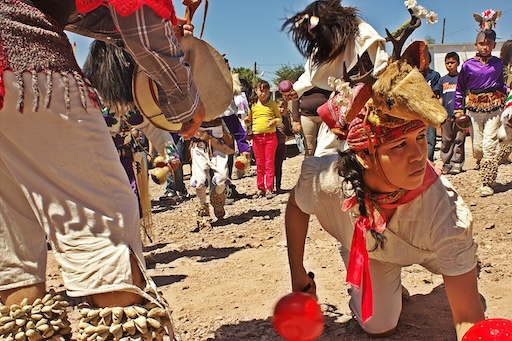
In the deserts of northern Mexico, beneath the sun-baked skies of Sonora and Sinaloa, an ancient spirit runs free—not through forests or fields, but through dance. La Danza del Venado, or The Deer Dance, is one of the most mesmerizing Indigenous rituals still performed today. It’s part theater, part prayer, and entirely sacred.
Performed by the Yaqui people, this dance doesn’t just tell a story—it brings it to life. Every footstep mimics the alertness of a deer. Every beat of the drum echoes a heartbeat in the wild. Every movement is filled with reverence. You’re not watching someone play a deer. You’re witnessing a human become one.
More Than a Dance
The Deer Dance represents the eternal relationship between the Yaqui people, the animals they hunt, and the spiritual world that guides them. At its core, it's a re-enactment of the life and death of a deer—an animal sacred to the Yaqui not just for sustenance, but for what it symbolizes: innocence, awareness, and connection to nature.
Unlike many modern performances, there’s no spotlight, no stage curtain, and certainly no applause breaks. This isn’t about entertainment—it’s about offering. The dance is often part of larger ceremonies held during Easter week or important agricultural seasons. It’s a living ritual, a form of spiritual communication between people and nature.
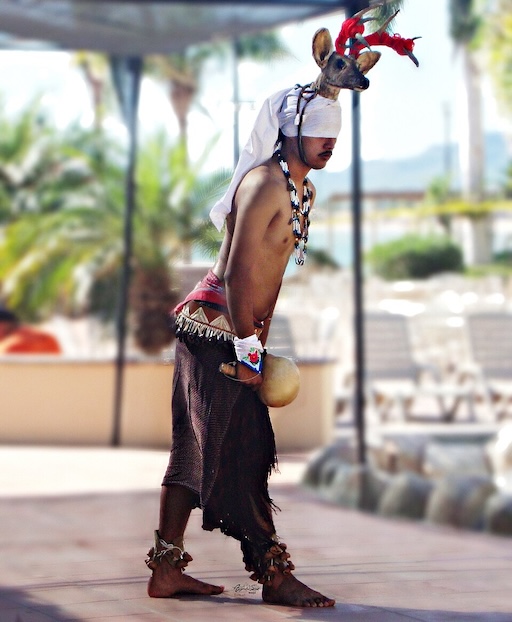
The Deer, the Hunters, the Spirits
The performance usually involves three roles: the deer, and two “pahkolam” or hunter-clowns. The deer dancer wears a real deer head mounted atop the crown, along with ankle rattles made of butterfly cocoons or seashells, symbolizing the natural world’s quiet music. A belt of rattles, bare chest, and deep concentration complete the transformation.
As flutes and drums fill the air, the deer begins to move—cautiously, gracefully. The hunter-dancers flank him, mimicking stalking motions. There’s tension, rhythm, and an eerie sense that this is more than choreography—it’s memory. Some versions of the ritual end in the symbolic death of the deer; others end in escape. Either way, the cycle is respected and understood.
To the Yaqui, the deer is not simply a hunted creature—it is a spiritual messenger. The dance is an invitation to recognize the cost of survival, and to never take life—animal or human—for granted.
Sound, Silence, and Symbolism
What makes this ritual even more striking is its minimalist intensity. The instruments are basic: tambor (drum), flauta (flute), and tenábaris (ankle rattles). But the effect is anything but simple. The haunting melodies transport you to a mental desert where every rustle could mean danger—or salvation.
There’s no speaking during the dance. The deer doesn’t talk. The hunters don’t narrate. Everything is told through movement, breath, and timing. The audience is pulled in, not by spectacle, but by sincerity. This is storytelling stripped to its essence.
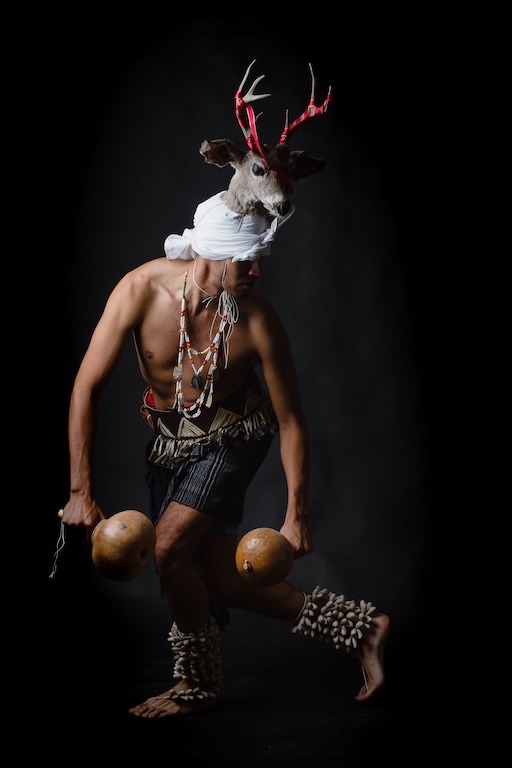
Where to See It
While the dance is most authentically performed in Yaqui pueblos during religious festivals—especially around Holy Week—it’s also occasionally presented at cultural exhibitions throughout Mexico. Museums in Hermosillo or Ciudad Obregón may host demonstrations, though these are typically respectful recreations, not sacred rituals.
Tourists should be aware: this is not a tourist show. If you are ever invited to witness a traditional performance in a village, do so with humility. No flash photography. No cheering. This is a sacred space, not a stage show.
Why It Still Matters
In a time where everything seems digitized, filtered, and flattened into content, La Danza del Venado stands as a powerful counterpoint. It asks us to slow down. To listen. To feel. To consider the weight of our relationship with the natural world.
For the Yaqui, the deer is both spirit and survival. This dance is not just a cultural relic—it’s an active part of their identity. An embodied prayer for balance, respect, and understanding in a world that often forgets such things.
So if you ever find yourself in northern Mexico, and you hear the steady pulse of a drum echoing across the desert wind, pause. Somewhere, the deer is dancing. And in that moment, everything else fades—except the sacred rhythm of life, death, and all that connects us in between.
Share this story and inspire others.
Tags: Danza del Venado, Yaqui Deer Dance, Indigenous rituals Mexico, sacred dance, Sonora culture, Chasing Hidden Wonder, Native traditions
 Tarahumara Rarámuri – The Ultramarathon Runners of the Sierra
Tarahumara Rarámuri – The Ultramarathon Runners of the Sierra
 La Santa Muerte – The Controversial Saint of Death
La Santa Muerte – The Controversial Saint of Death
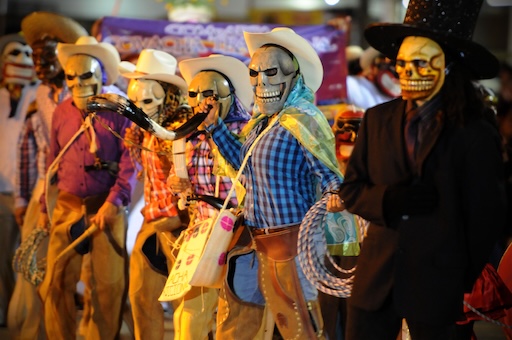 Xantolo – The Huasteca’s Version of Day of the Dead with Masks and Dances
Xantolo – The Huasteca’s Version of Day of the Dead with Masks and Dances
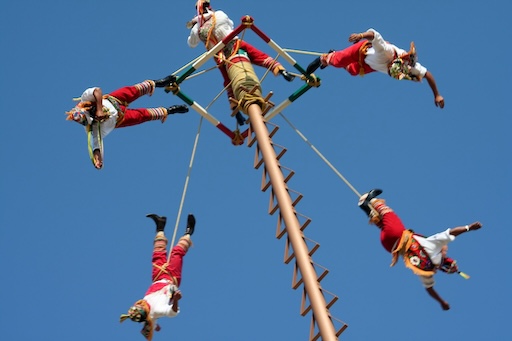 Voladores de Papantla – Men Who Fly from Poles
Voladores de Papantla – Men Who Fly from Poles
 Cenote Sagrado – Sacred Sinkhole of the Maya
Cenote Sagrado – Sacred Sinkhole of the Maya
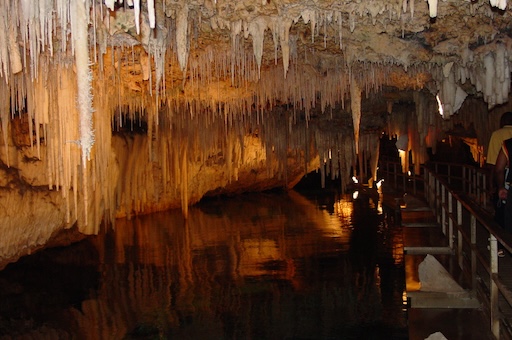 Cueva de los Cristales – Mexico’s Giant Crystal Cave
Cueva de los Cristales – Mexico’s Giant Crystal Cave